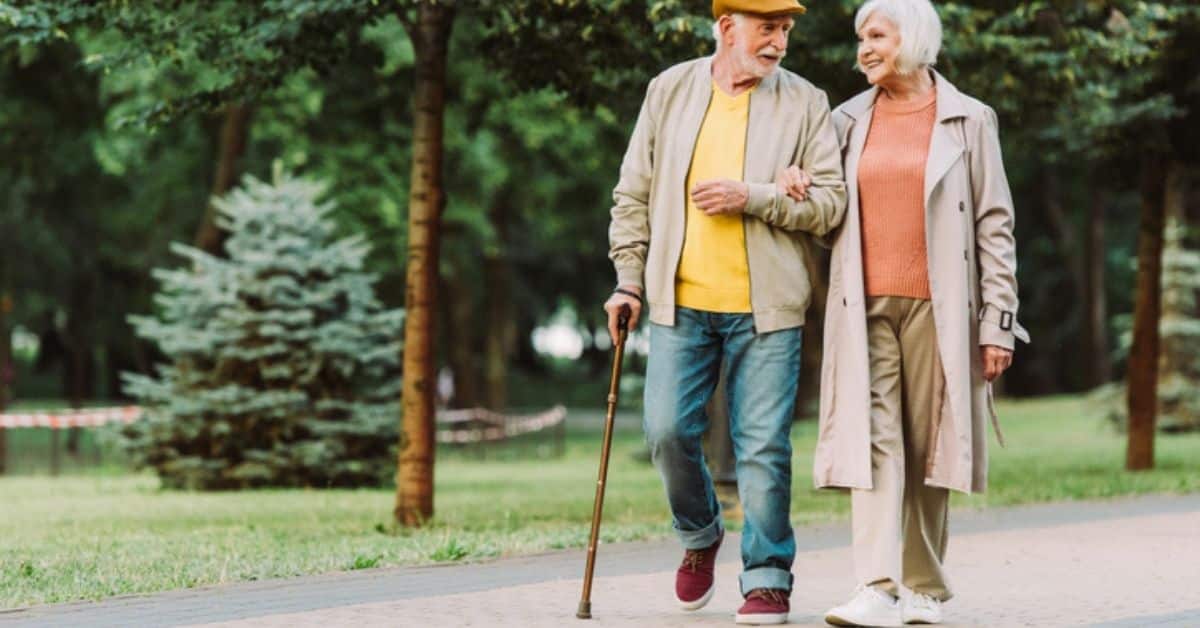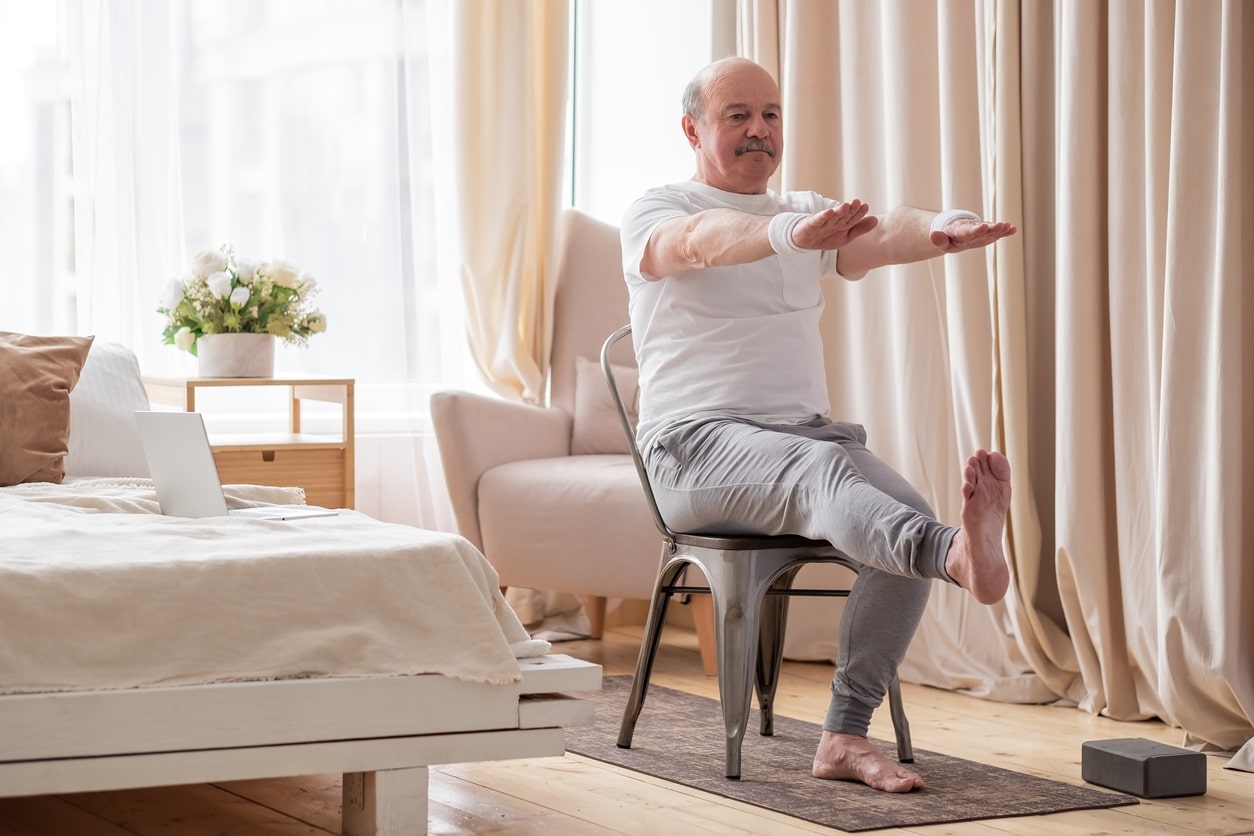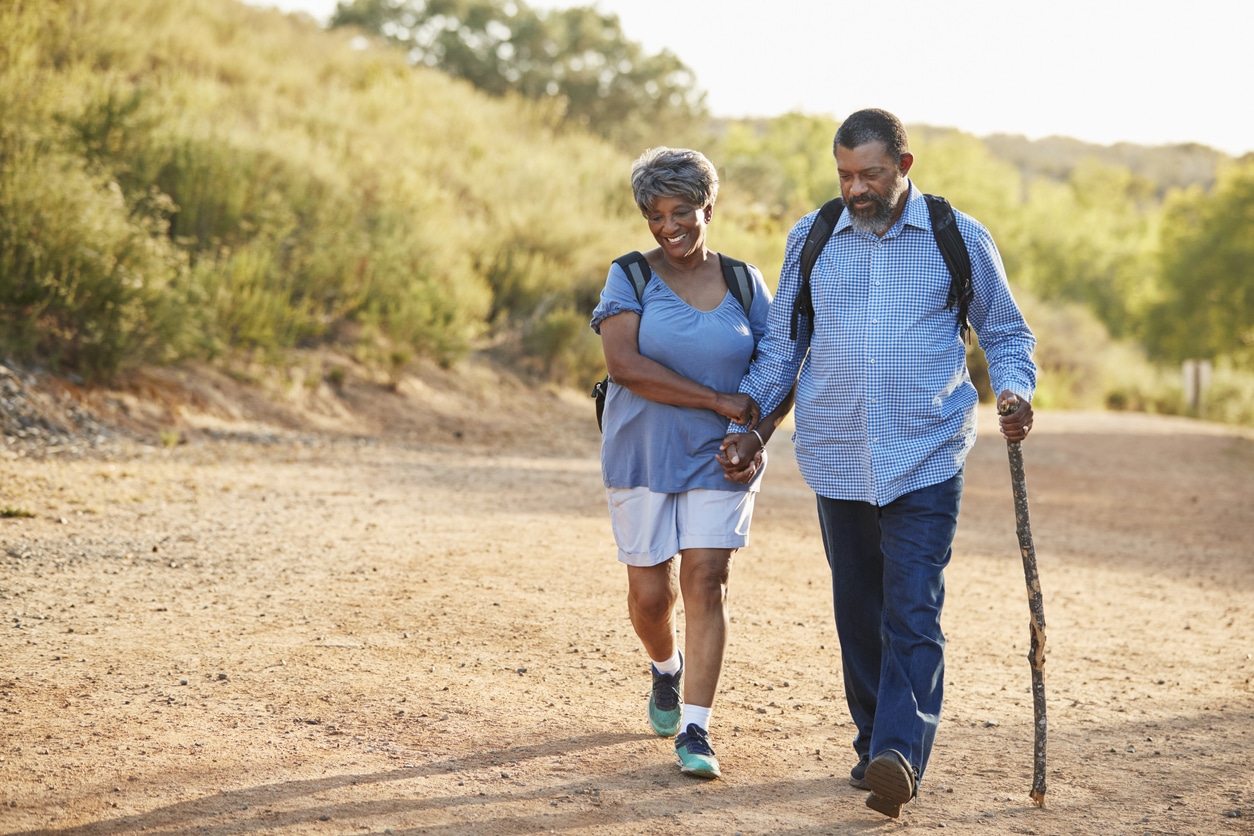We all want to stress less, live independently, and stay safe as we age. Practicing fall prevention is a crucial aspect of aging well, and the good news is that you can adopt these tactics today to reduce the risk of falls. These strategies not only help you maintain your independence but also contribute to your overall well-being.
Try These Five Fall Risk Reduction Tactics:
1. Practice good self-care.
According to the CDC1 one of the best ways to avoid falling is to stay as healthy and well as possible. This includes taking care of your feet and eyes, being active and well-nourished, and understanding how medical conditions, and over-the-counter and prescription medications impact fall risk. Talk to your care team and pharmacist to understand your personal fall profile and come up with prevention strategies that are tailored to your condition and lifestyle.
2. Use assistive devices and corrective lenses.
Sometimes we don’t use these tools or want to start using them because we believe they are signs of weakness. Put your pride aside – because these items can help you stay independent and safe by helping avoid slip and trip hazards and making you steadier on your feet. Single-tipped canes are popular solutions for minimal assistance; canes with three and four tips offer increased support. Walkers and other mobility devices provide even more balance and stability assistance.
3. Turn on the light.
When we can’t see where we’re going, we’re more likely to bump into, step onto or trip over things in our path. Proper lighting is an easy way to lower fall risk. Light- and motion-sensor fixtures turn the lights on even if there’s not a switch nearby so you can always see where you’re going. Adding lighting to hallways and stairwells is also a good idea.
4. Focus on the floor.
No matter how neat and tidy you keep your home, hazards may be lurking. Everything from loose carpeting and magazines or book to errant electrical cords may cause a trip and tumble. Standing water in a basement or spilled liquids in the kitchen or bath can lead to slips and falls. Loose steps may cause you to lose your balance. And furniture that you have to walk around or squeeze between can easily catch your feet and send land you on the ground.
5. Make it a project.
Some fall-prevention improvements require a little more effort. But the return on investment is a safer living environment. Install handrails or grab bars near the shower or toilet and install non-skid flooring. Paint the edge of the steps in a contrasting color to make them easier to see. Install sturdier banisters in stairways and regrade and replace uneven walkways.
By taking these precautions, you can significantly reduce your risk of injury from a fall. This, in turn, will help you maintain your active lifestyle, retain your independence, and ensure your continued health and well-being. Aging well is about staying safe, and these strategies can help you achieve just that. Remember, it’s never too early to start practicing fall prevention. The sooner you adopt these tactics, the better prepared you’ll be to age gracefully, independently, and safely.
1CDC – National Center for Injury Prevention and Control. What You Can Do to Prevent Falls. https://www.cdc.gov/steadi/pdf/STEADI-Brochure-WhatYouCanDo-508.pdf. July 2021.




